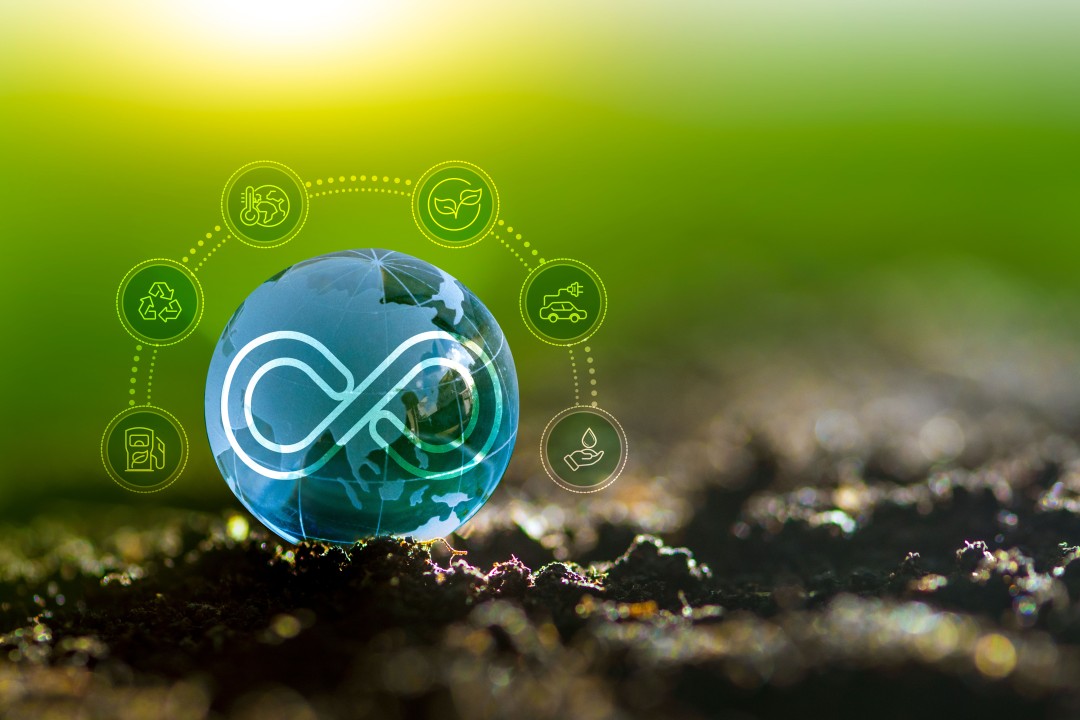
Planning for degrowth (Resilience.org)
A dry Panama Canal shows how climate change will scramble globalization (Washington Post)
Maps, data show how near-term climate change could affect major port cities on America’s East Coast (CBS News)
January 2024 Reveals Voluntary Carbon Credit Market Surprises (Carbon Credits)
The contentious path to a cleaner future. What a battle over mining in a small Minnesota community says about the future of the energy transition. (Technology Review)
Why the world will miss the 2030 deadline for Sustainable Development Goals (New Indiana Express)
‘Scale out, not up’: Rethink your circular strategy (Green Biz)
Rethinking Strategy for a Circular World (SCMR)
Study: Global circularity still in decline despite circular economy ‘megatrend’ (PR Newswire)
Zeno to recycle decades-old radioactive material to fuel its radioisotope power systems. The startup secured access to the radioisotope strontium-90 through a partnership with the U.S. Department of Energy (Space News)
Fake plants could be the next source of clean energy, researchers say
These leaf-shaped generators, or “power plants,” could be used in cities, beaches or homes as clean, self-powered energy sources. (News Northeastern)
How is satellite data revolutionizing the way we track greenhouse gas emissions around the world? (World Bank)
New climate tech accelerator announced, Ion’s new exec, and more trending Houston innovation news (Houston Innovation Map)
At U.S. S&P 500 firms, research shows more executive bonuses are being tied to ESG (Fortune)
The circular economy, designed to be restorative and regenerative, strives for a zero-waste mission by circulating scarce resources through biological (natural decomposition) and technical (reuse, remanufacturing, refurbishing, and recycling) cycles in a closed-loop chain. Simultaneously, it emphasizes the continuity of economic development. Developed over the past decade to address global environmental degradation and resource depletion/scarcity resulting from industrial activities, the concept has gained significant traction.

While the circular economy has ascended to the status of a ‘megatrend,’ evidenced by a nearly threefold increase in discussions and articles over the past five years, signaling a notable surge in awareness and interest in circular practices, a significant paradox persists. The majority of materials introduced into the economy continue to be virgin, and the proportion of secondary materials has dwindled from 9.1% in 2018 to a concerning 7.2% in 2023.
Meanwhile, the total amount of materials consumed by the global economy continues to rise: in just the past six years alone, the global population has consumed over half a trillion tons of materials—nearly as much as the entirety of the 20th century.
Alarming statistics reveal a disconnect between lofty speeches, targets, and on-the-ground actions and measurable impacts. Without bold, urgent action, the world risks missing out on broader social and environmental goals.
Today, six of the nine critical ‘planetary boundaries’ measuring environmental health have been breached due to the linear ‘take-make-dispose’ economy.

Rooted in principles like eliminating waste and pollution, cultivating products at their highest value, and regenerating nature, the circular economy is crucial at this historical juncture.
While material consumption has historically elevated living standards, the acceleration in high-income countries no longer guarantees increased well-being. Unequal distribution of wealth and materials destabilizes society and strains Earth’s life support systems. Wealthier nations must abandon unrestricted material consumption for circular principles to boost development, resilience, and well-being.
To translate theory into action, governments and industries must break free from exploitative practices, placing people and the planet at the center. Achieving a just transition requires dismantling harmful processes and aligning policies with circular principles. Key steps include creating a level policy playing field, getting the economics right, and building circular expertise and skills.
For a just transition, a systemic approach is necessary in real-life applications of the circular economy. Ministries of Economy, Finance, and the Environment, business leaders, multilateral organizations, international financial institutions, and academia must collaborate to shift the focus to well-being within planetary boundaries. This involves setting mission-oriented targets, reforming international financial and trade architecture, getting the economics right, and fostering global collaboration for a people-centric circular economy transition.

Beatriz Canamary is a consultant in Sustainable and Resilient Business, Doctor and Professor in Business, Civil Engineer, specialized in Mergers and Acquisitions from the Harvard Business School, and mom of triplets. Today she is dedicated to the effective application of the UN Sustainable Development Goals in Multinationals.
She is an ESG enthusiast and makes it possible to carry out sustainable projects, such as energy transition and net-zero carbon emissions. She has +15 years of expertise in large infrastructure projects.
Member of the World Economic Forum, Academy of International Business and Academy of Economics and Finance.